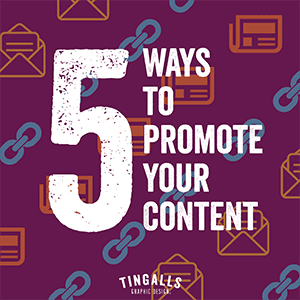Content that Counts: The Golden Nugget
 Content that counts comes in many forms. This isn’t your first day on the Internet – odds are you have a Facebook account, Twitter feed or even more. Have you noticed any patterns? Everything happens at light speed, in short tiny bursts of concentrated information. This is counter intuitive – the assumption is that audiences want detailed and elaborate explanations of services and products, events and everything else.
Content that counts comes in many forms. This isn’t your first day on the Internet – odds are you have a Facebook account, Twitter feed or even more. Have you noticed any patterns? Everything happens at light speed, in short tiny bursts of concentrated information. This is counter intuitive – the assumption is that audiences want detailed and elaborate explanations of services and products, events and everything else.
Ask yourself – have you ever read the entire page of a web site? Not very often. Further complicating the situation is the theory of Google’s content evaluation. A “good” page should contain between 500 and 1,000 words. That should include a keyword density of 2% – 5%. So, which is it, short controlled bursts of information or detailed elaborate content?
Both, of course.
Perfect web page content is a topic of much debate, but assuming all your SEO is in place and you’re cutting right to the meat of the copy, here are a few tactics to help you make your point, save your audience time and sync up with Google’s best SEO practices.
Headlines and Sub-heads
You’ll start your page with a headline obviously. But after an introductory paragraph, why not hit return a couple times and start a sub-headline. That separation of text will act as a signal to your reader; it says, “look, here’s a new topic, read on if you want more.”
Example Sub-Head
Now you know we’ve changed topics. Anything under this sub-head is a new topic. If it’s not what you are looking for, you can just read on.
Your audience can get information from anywhere – make it easy for them to get it from you.
Bullet-points and Numbered List
The jury is still out on how well Google likes lists, but Facebook seems to think readers love them. It’s a true fact that lists are easier to read. So, don’t be shy using them, as long as you support them with explanations.
Blog Tags and Categories
A categorical listing is another way to make your information easy to understand. If you’re writing a blog, use those category tags – again it’s all about efficiency. Tags also help people search through your blogs. You’re blogging on a regular basis, so that blog archive is going to fill up. Use the built in tools to help people find the content that counts.
Non-Visual Elements
Research! It doesn’t have to be a drag. Use something like Pinterest to start your research. As you learn more about your topic, you’ll naturally be able to create headlines and sub-heads that engage. You content will become more complete and distinct sub-topics will form. It’s all part of the process.
Make your content complete, well thought out and engaging. You can do that and make it easy to understand. Graphic design elements like headers, bullets and even images can break up a page’s layout to draw the reader’s eye through content and get them the data they need.



